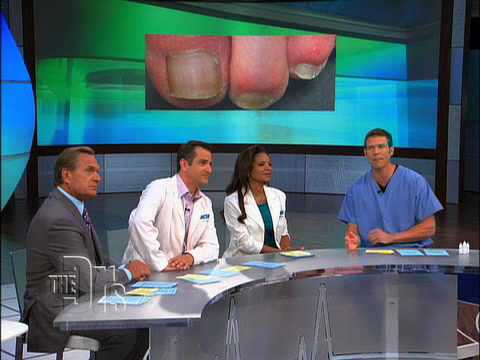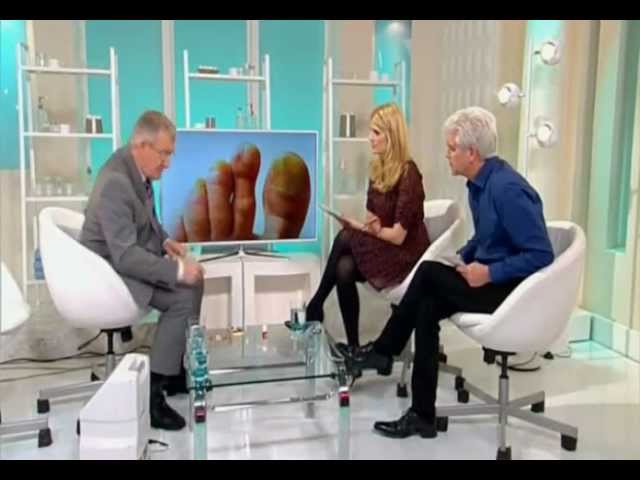Cold laser therapy is a relatively new and successful treatment for fungal nail infections that…
Treatment options for fungal nail infections
Fungal nail infections can be stubborn and difficult to treat. There are currently four treatment options available on the market.
- Topical antifungals – these are the creams, lacquers & paints that you have to apply daily, if not more than once per day. These are time consuming, costly, and you’ve got to be careful with not missing days of application. They also have a very limited success rate.
- Oral antifungals – these are the tablets and medication prescribed by your GP that must be taken daily for approximately 6 months. These have an effect your whole body, and carry the risk of significant side effects.
- Surgical removal of the nail – this is performed by a podiatrist in the hope that the new nail will be healthy and clear, and not affected by fungus.
- Laser treatment – with laser treatment, there are two distinct categories: HOT and COLD laser. HOT laser was the first form of laser traditionally used, however carries with it the risk of burns and other serious side effects.
COLD laser has become widely used over the UK & Australia over the last 5 years and has quickly gained popularity among both patients and practitioners as it eliminates the risk of burns or ANY side effects. It’s completely safe, painless and effective – it’s the best solution to fungal nail infections that we’ve seen in 20 years of clinical practice.
It uses two cold laser beams simultaneously – one to damage the fungus itself and the other to boost the body’s own circulation and immune response to effectively clear the fungal infection.
The steps of the procedure are simple:
- The treatment starts with the identification and diagnosis of the nail fungus by a podiatrist, a step that can be done in less than 5 minutes using an in-house fungal lab test.
- The nail is then ‘prepared’ – this is achieved by thinning the nail (where thickened from the effects of the infection) and trimming the nail back as much as possible to assist the body in eradicating the infection. Photos of the feet are taken
- The laser is applied to each foot for 12 minutes per foot. The laser application is repeated weekly for four continuous weeks. Depending on the severity of the infection, additional treatments may be required – this will be assessed at the 4th week of treatment
- Photography is taken at four weeks, and every few months to monitor progress of the nail infection
- The nail grows out to be healthy, clear and free of fungus!



